WORLD TRAVEL NEWS ARTICLE ABOUT HOLLAND
The Hague
I’m on Scheveningen seafront in August – but the omens aren’t good. The rain is lashing down and, glancing out to sea, a procession of white horses is pounding the beach. As I step off the tram, the wind is challenging the top end of the Beaufort scale, breaking the spokes of my umbrella on the 100-yard dash to the front door of my hotel.
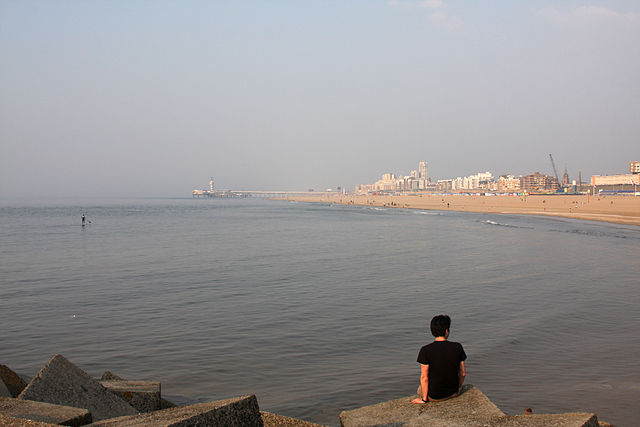
Scheveningen Beach & Pier in background
Is this, I wonder, the shape of things to come?
Fortunately, the next day, the tempest relents and under grey if not sunny skies I’m being shown the sights of The Hague by guide Danny. But this is no ordinary sightseeing tour. Danny takes his customers around town by bike – usually the best mode of transport in Holland - reaching parts which tour buses cannot attain.
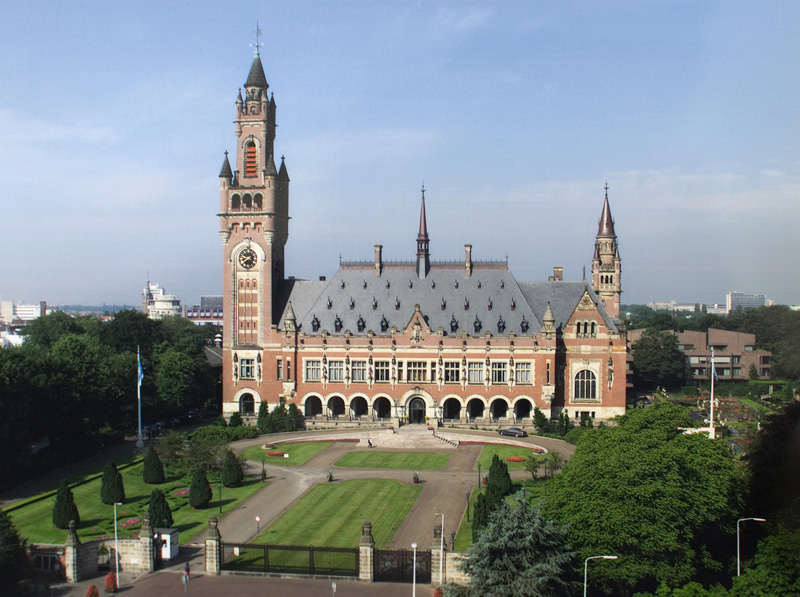
The Peace Palace
So instead of seeing just the key sites such as the Peace Palace and the Parliament building, the Binnenhof, we pop into t’Bakketje in Oude Molstraat, a bakery where all the bread and cakes are freshly made and where you might just bump into a member of the Dutch Royal Family who regularly shop here. In Holland, royals neither get or expect anonymity.
This insider’s guide is much more enjoyable than going on a regular tour. For Danny, showing people The Hague is a pleasure rather than a necessity. He has a full time job and says he guides in his spare time because he loves showing people around.
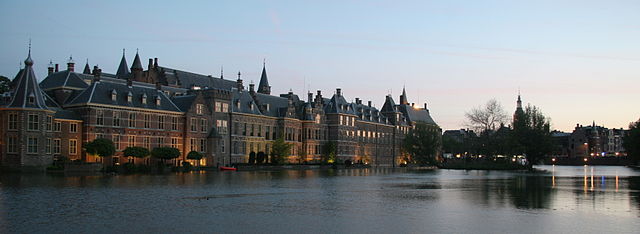
The Dutch Parliament Buildings
In four hours, we criss-cross the town. It’s said The Hague is “the biggest village in Holland where every street is a city in itself” – a reference to the belief that a place which still enjoys a small town atmosphere finds itself, through the presence of the International Court of Justice, at the heart of world affairs.
Danny is an expert not just on history and architecture but negotiating the traffic. In The Hague cars, trams, cyclists and pedestrians compete strongly for road space. When you’re travelling with Danny there’s a simple rule to staying safe. The golden rule is: when he goes, you go.

The International Criminal Court building
We stop off for a picnic lunch (tasty ham, cheese and salad sandwiches from t’Bakketje) in a tranquil public garden close to the Binnenhof, where ducks sidle up, as they do everywhere, for a crust. Danny explains the difference between Hagenaars (the upper classes) and Hagenees (well, the less well-heeled.) It’s a surprise to discover that in ultra-democratic Holland, where it’s legal to go to a café to deal in cannabis as well as to have a coffee, some sort of class system still exists.
Not that you’d know it travelling around. The Hague is both a civilised and civilising place. Visitors’ linguistic inadequacies are exposed by the universal fluency of the local population in English (and other languages, too.) If you get lost, you can ask anyone for directions and you will get a friendly response in your mother tongue.

A square in The Hague
In the elegance of its buildings and stylishness of its shops, this is a town which quickly grows on you. Sophisticated it is, but it has more of the feel of a quiet provincial town rather than one of Europe’s most important political hubs.
It’s a surprisingly green city, with the green lungs of numerous parks popping up in the cobbled streets, some pedestrianised, between the old merchant houses.
At Korte Vijverberg 8 you enter one of the best galleries in Holland – the Mauritshuis. In 1631 John Maurice, a cousin of Frederick Henry, Prince of Orange, bought a plot adjoining the Binnenhof to build an imposing two-storey mansion as his home.
Early in the 18th century the Mauritshuis was ravaged by fire. It was later rebuilt and eventually bought by the Dutch government to house royal paintings and today there are around 800 works by the likes of Jan Brueghel the Elder, Pieter Paul Rubens, Vermeer and Hans Holbein.
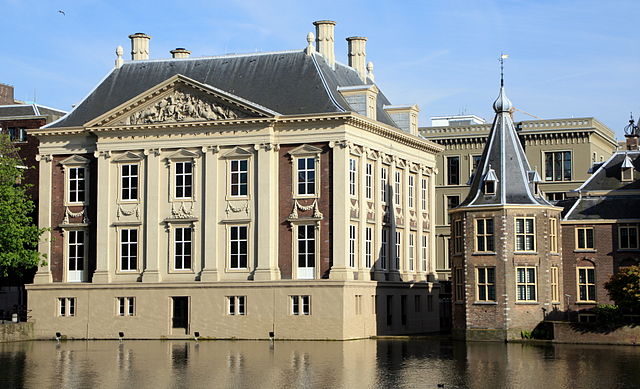
The Mauritshuis
The ten-minute two-mile tram journey from The Hague to Scheveningen transforms you from staid respectability to, well, a dose of hedonism. The Dutch aren’t known for their ability to let their hair down, but they do their best on this particular stretch of the North Sea.
I’m staying at the Carlton Beach, a family orientated hotel overlooking the dunes at the northern end of the resort. Rooms are spacious and comfortably furnished and there are great views over the dunes and the North Sea.
Around nine million people a year flock to Scheveningen whose role as a resort dates back to the early 19th century when one Jacob Pronk decided to build a simple wooden bathing cabin on the dunes overlooking the North Sea.
The resort took off, attracting European royalty and nobility before going downhill when Europeans forsook it for the warmer waters of the Mediterranean. At its centre is the Kurhaus which attracted celebrities like Marlene Dietrich, Bing Crosby, Herbert von Karajan and Emperor Hirohito of Japan. Later it became a concert hall, playing host in the 1960s to the Rolling Stones’ first overseas gig.
An idea of what The Hague used to look like can be gleaned at Panorama Mesdag, the creation in the late 19th century by banker turned painter Hendrik Mesdag. His painting in the round depicts Scheveningen as it was in 1881. The massive painting is of no great artistic merit, but it is a beguiling mix of colour and light. It was completed by Mesdag, with the help of his wife and the young G.H. Breitner, in just four months.
The Scheveningen revival began in the early seventies when the Kurhaus and the whole resort underwent massive restoration. Today the Kurhaus, now a luxury hotel operated by the Steigenberger chain, once more has a commanding presence at the heart of Scheveningen. The rooms are spacious and well equipped and the hotel, as one would expect, has a restaurant to match.
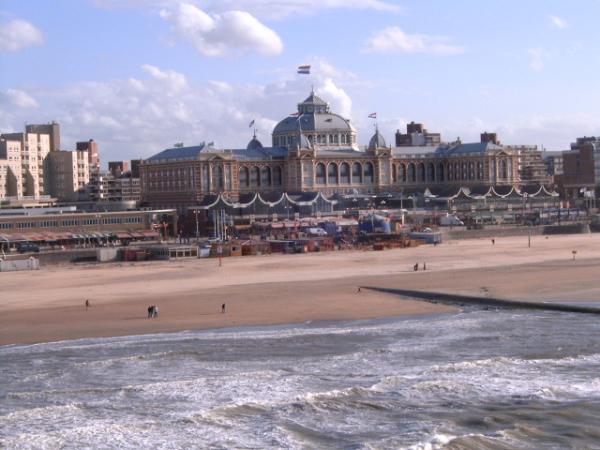
The imposing Kurhaus Hotel
The stylishness of the Kurhaus makes the cluster of apartment blocks, shopping centres and amusement arcades that surround it look slightly out of place - until you remember that the whole essence of the place is fun, whether it is lying on the beach, doing a spot of wind surfing or paragliding, or simply soaking up the atmosphere.
Behind the beach is a huddle of bars, restaurants and clubs where the entertainment goes on until the early hours. On my last night, at the Zanzibar Beach Club, I enjoyed a pleasurable dinner of pommodori soup and baked sole – the fish an enormous dish which covered the plate.
As I leave the sun, disappointingly absent for much of my stay, is dipping down low behind the silhouetted outline of the pier. The view, like the meal, is one to savour.
For more information about Holland visit: www.holland.com;
Information about The Hague visit www.denhaag.com;
Carlton Beach Hotel, www.carlton.nl/beach
Steigenberger Kurhaus Hotel, www.kurhaus.nl
Zanzibar Beach Club, www.zanzibarbeachclub.nl
Mauritshuis, www.mauritshuis.nl
Panorama Mesdag, www.panorama-mesdag.com
Bike Tour: Totzo, www.totzo.org/engels.html
Our friend Tim now has his own website entitled 'Mainly Cities'. Please click on http://www.mainlycities.com to visit this informative site.
Steigenberger Kurhaus Hotel, www.kurhaus.nl
Zanzibar Beach Club, www.zanzibarbeachclub.nl
Mauritshuis, www.mauritshuis.nl
Panorama Mesdag, www.panorama-mesdag.com
Bike Tour: Totzo, www.totzo.org/engels.html
Our friend Tim now has his own website entitled 'Mainly Cities'. Please click on http://www.mainlycities.com to visit this informative site.
You may also like to read
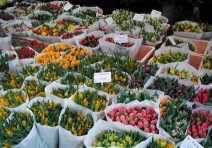
HOLLAND - AMSTERDAM
Tour-smart takes you to Amsterdam courtesy of Tim Ware's interesting article.
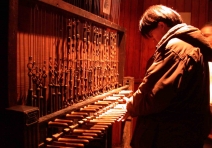
BELGIUM - THE BELLS ARE RINGING
Tour-smart's Anna Hyman listened to the bells, looked for lace and took a tour around the ancient Flemish city of Mechelen.


Comments